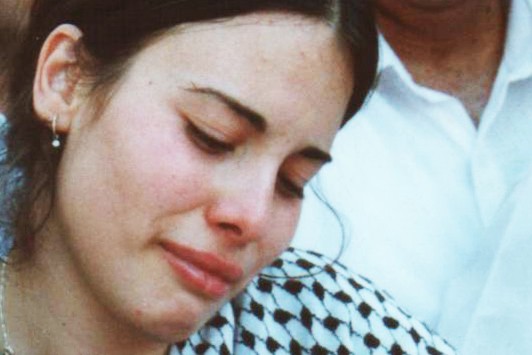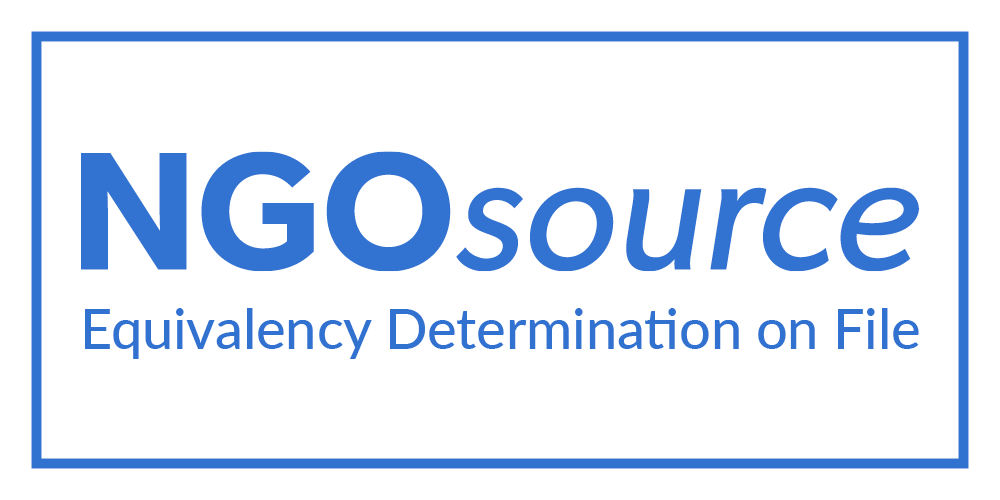Following Government Orders, Police Fired on Arab Citizens in October Demonstrations
Today, the High Follow-Up Committee for the Arab Citizens in Israel is submitting evidence that it has gathered to the official Commission of Inquiry, headed by Justice Theodore Or. The material includes testimonies of eyewitnesses, maps, medical reports and videotapes. This material addresses the circumstances of the killing of 13 Palestinian citizens of Israel by the police and security forces in the towns and villages of Umm al-Fahem, Jatt, Nazareth, Kufr Kanna, Kufr Manda, Sakhnin and Arrabe.
Mr. Mohamed Zidan, the Chairman of the High Follow-Up Committee for the Arab Citizens in Israel will also present the official Commission of Inquiry with an indictment entitled “The Arab Citizens of the State of Israel vs. the State of Israel.”
The conclusions reached by the High Follow-up Committee, from the testimonies and evidence gathered indicate, among other things, that:
1. The police and the security forces opened fire and used other violent methods to disperse Palestinian demonstrators, in accordance with governmental orders. Police actions in the northern district were absolutely identical: In every situation, the police failed to use proper discretion in evaluating the appropriate response to changing circumstances. The police’s response was consistent, and its purpose was to “deter and educate” through force—thus, the massive use of brutal force and live ammunition. The identical response by the police in all towns and villages indicates a predetermined plan to respond violently to any expression of solidarity by Palestinian citizens of Israel with the Palestinians in the 1967 Occupied Territories. The response of the police to the demonstrators was not a function of the situations with which they were confronted, nor was the aim of the response to protect the public and preserve public order. The above-mentioned testimonies indicate that neither the police nor the citizens faced any threat to life, which would require opening fire with live ammunition.
2. The actions of the police are consistent with the Prime Minister’s declaration on 2 October, in which he stated, “In a discussion, which went into the night yesterday at my home, I instructed the Minister of Internal Security and of the Police, who, by the way, deserve great compliments for their self-restraint during the demonstrations, but I told him that you have a green light for any action necessary.” These words are supported by testimonies in which, in one case, a commander of the forces stated, “I came here to shoot with live ammunition… there are orders and I am doing my job.”
3. The behavior of the police indicates that the purpose of the shooting was to inflict serious injuries. The testimonies show, for example, that when the police shot and killed Palestinian citizens, they did not provide help or move the injured or dead; rather, in some cases they said, “Come and take a shaheed” or “Here you have another one.” In many instances, such as in Sakhnin and Arrabe, the security forces deliberately prevented ambulances from providing aid to the injured.
4. The police did not cooperate with local, elected Palestinian leaders in the various towns and villages. These leaders asked the police not to enter the towns and villages, and not to use live ammunition so that they would have the chance to calm the community. The police chose to enter the Palestinian towns and villages and confront the community with force. By contrast, when thousands participated in the funeral processions, and the police did not enter the towns and villages, these marches passed with no violent events.
5. Most of Palestinian citizens who were killed by the police and security forces were hit in the upper parts of the body—in the head or the chest. Some of them were killed, although they were far from any clashes. Many of the individuals injured were also wounded in the upper parts of the body. Some of the injured were shot while in private homes.
6. In some cases, police snipers, stationed on rooftops or other hidden areas, opened fire with live ammunition against Palestinian citizens. In Nazareth, the General Security Services (GSS) (Shabak) took over from the police and implemented orders.
7. Neither the Ministry of Justice’s Department of Police Investigation, nor any other governmental body opened an investigation into the circumstances of the killings. Eyewitnesses to the killings were not summoned to give testimony. Doctors and workers at local clinics were not asked about the deaths or injuries. In some instances, the police even purposefully prevented the dead from being moved to autopsy labs.
The “Professional Committee to Work vis-à-vis the Commission of Inquiry,” which was appointed by the High Follow-Up Committee for the Arab Citizens in Israel, gathered the evidence being submitted today, and determines the legal strategy regarding the Commission. This Committee, which is headed by Adalah’s General Director, Attorney Hassan Jabareen, includes the staff of Adalah; Dr. Hanna Sweid and Mr. Abed Inabtawy from the High Follow-Up Committee; Dr. Mahmoud Yazbak and Mr. Hassan Asleh, representatives of the Committee of the Martyrs’ Families; Mr. Jaffa Farah, Director of Mosawa; and Mr. Ameer Makhoul, Director of Ittijah. Physicians for Human Rights, Al Ahali, and other organizations assist this Committee with its work.
The Professional Committee is continuing its work, and will soon submit additional evidence concerning the pogroms conducted against Arabs in various towns; medical expert opinions; an expert opinion on the policing of demonstrations; and information regarding the disparity in police treatment of Arab demonstrators and Jewish demonstrators. This information will be presented to the Commission of Inquiry in February.
Related:
Read more on police killings of demonstrators in October 2000
















